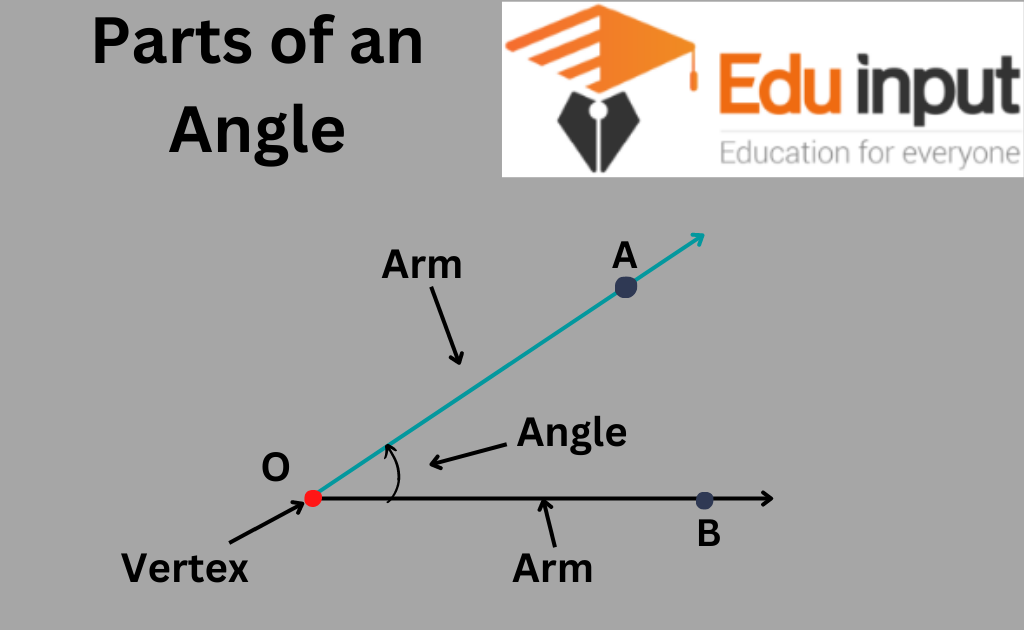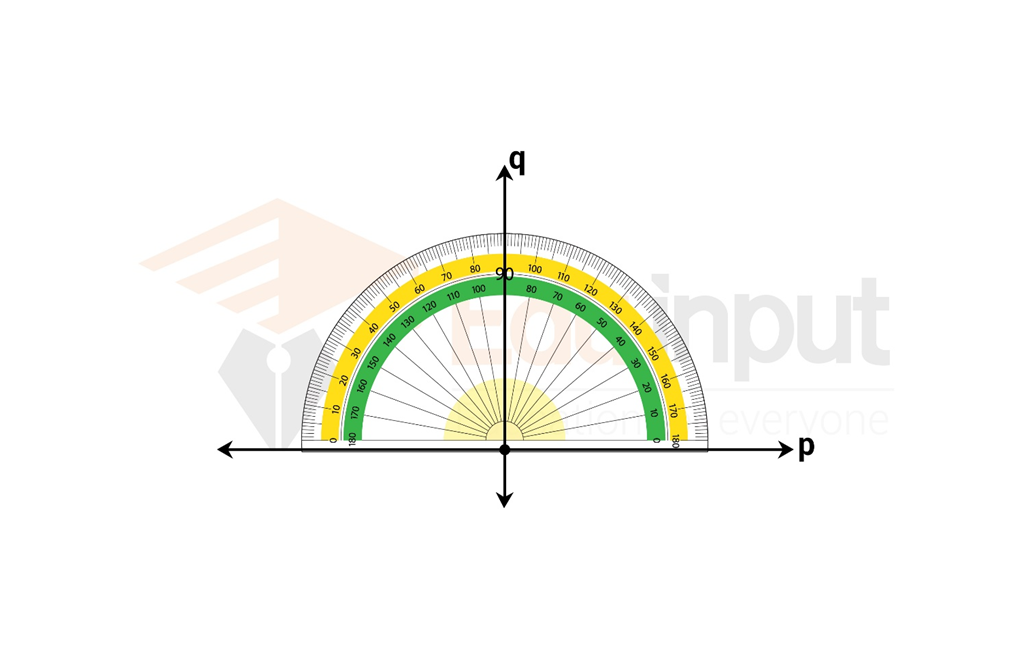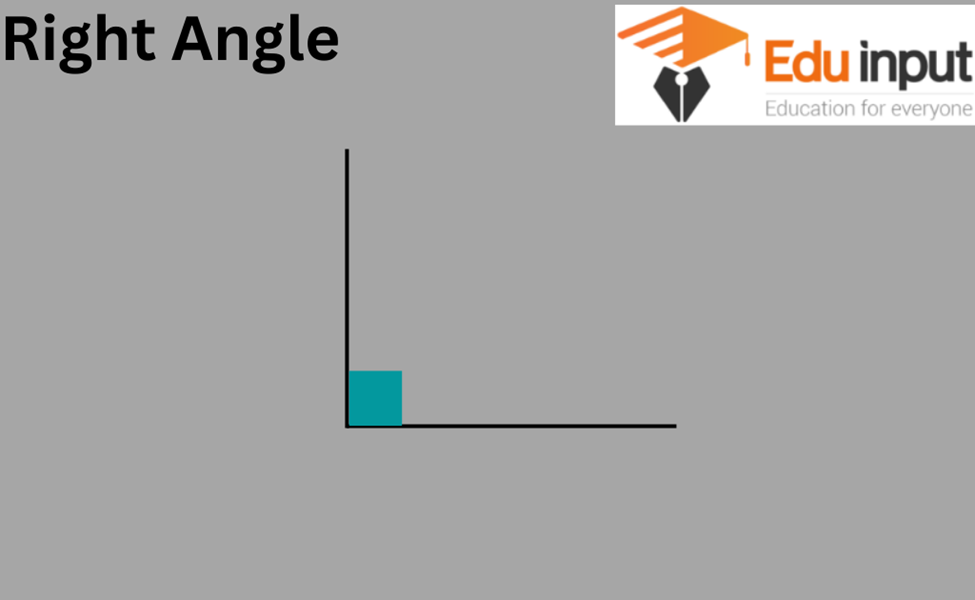What is Angle?–Definition-Types of Angle
Angles are created when two lines cross each other at a certain point – the space between these two meeting lines is what we call an angle. It’s often represented by the symbol, ∠. Angles can be measured in either degrees or radians, which ultimately reflects how much circularity or rotation is taking place.
Angles play a role in our lives whether we realize it or not – engineers and architects use angles to help design features in our everyday landscape like roads, buildings, and even places where we like to work out or play sports.
Angle Definition in Math
An angle is a figure formed by two rays or lines that have a common endpoint. The word “angle” is derived from the Latin word “angulus”, which means “corner”. The two rays are called the sides of an angle, and the common endpoint is called the vertex. Angles can lie in a plane or in space. In Euclidean space, an angle is formed by the intersection of two planes.
Angles can be classified in multiple ways, but one way is to consider if the angles are formed by the intersection of two planes. These angles are called dihedral angles. Another way to think about angles is to measure them from a line. From here, we can find two different types of angles: a positive angle and a negative angle.
Symbol of Angle
The angle is represented by the symbol “∠”. The angle measurement between the two rays can be denoted by the Greek letter θ, α, β, etc.
Parts of Angle
There are two main parts to an angle – the arms and the vertex. The arms are the lines that form the angle, and the vertex is the point where the lines meet.
As you can see from the figure below, OA and OB are the arms of angle AOB. The point where the two arms intersect is called the vertex, and it’s labeled “O.”

Measure of Angle
An angle can be measured in degrees, with one full rotation around a point forming a complete angle of 360°. When measuring angles, the best tool to use is a protractor.

Angle Based on Rotations
There are two types of angles based on the direction of measurement or rotation:
- Positive angles
- Negative angles
Positive Angles:
If the angle goes in anticlockwise, then it is called a positive angle.

Negative Angles:
If the angle goes in the clockwise direction, it is called a negative angle.

Real-Life Application of Angles
Angles are a core concept in many areas of life, not just mathematics. Engineers use angles to measure and construct houses, bridges, monuments, and more. Carpenters use angle measurements to make doors, chairs, sofas, tables, and other equipment. Even athletes use the concept of angles to improve their performance in sports. Artists also use their knowledge of angles to sketch or create art pieces. Even wall clocks use the concept of angles to show time with hour and minute hands. As you can see, angles are a very important part of our lives!
Types of Angles
Based on their measurements, there are different types of angles:
- Right angles: An angle that measures exactly 90 degrees.
- Acute angles: An angle that measures less than 90 degrees.
- Obtuse angles: An angle that measures more than 90 degrees.
- An angle of 180° is called a straight angle.
- A reflex angle is between 180° and 360°.
- A full or complete circle measures 360°.
Interior and Exterior angles
- Interior angles: are the angles that are formed inside of a shape.
- Exterior angles: Exterior angles are the angles formed by extending the sides of a shape outward.

 written by
written by 





Leave a Reply